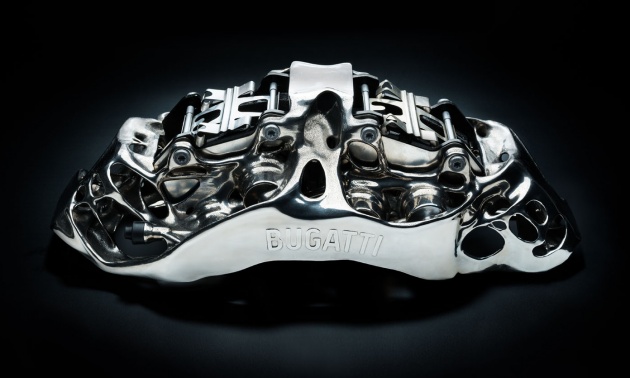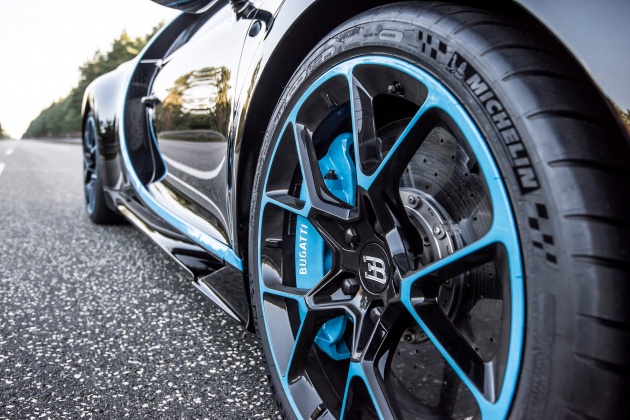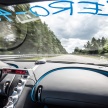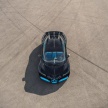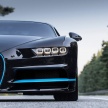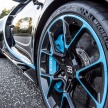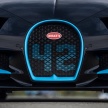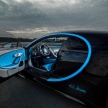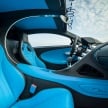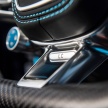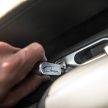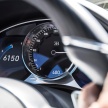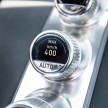The Bugatti Chiron, like its predecessor the Veyron, has been riot of statistics in its pursuit of outright performance. What accelerates to great speeds at a great rate must also come back down to a halt, and a vehicle capable of a limited 420 km/h top speed needs all the help it can get in slowing back down.
Currently employed for use in Chiron production are calipers made of forged, high-strength aluminium alloy, with eight titanium pistons for each caliper on the front axle and six pistons for each side of the rear, and these naturally draw inspiration from the world of motorsports.
Now, Bugatti has extended the usage of titanium to the construction of the caliper itself by means of 3D-printing. The scientific designation of the titanium alloy is Ti6AI4V, one which sees use in the aerospace industry for highly-stressed components such as for aircraft undercarriages, wings and engines.
As a 3D-printed part, the material has a tensile strength of 1,250 N per square millimetre, also meaning that a force of 125 kg can be applied to a square millimetre of the titanium alloy before rupturing. The new titanium caliper weighs 2.9 kg for dimensions of 41 cm long, 21 cm wide and 13.6 cm tall, representing a 40% weight reduction over the 4.9 kg aluminium alloy equivalent.
This new method of construction for brake calipers has been made possible by a high-performance 3D printer, which enables the use of titanium alloys such as the one used here for exceptional strength; that strength proved highly difficult to mill or forge, and certainly impossible for 3D printing until now, says Bugatti. The 3D printing method enables the creation of complex structures such as a brake caliper.
The special 3D printer at Laser Zentrum Nord is the largest one suitable for working with titanium at the time of the project’s commencement, and is equipped with four 400-watt lasers. A total of 45 hours is elapsed in the printing of the Bugatti’s caliper, involving an additive manufacturing process.
Titanium powder is deposited layer by layer, and each layer is melted by the lasers into the shape defined for the caliper. A total of 2,213 layers are required for this construction, which is then given heat treatment to ensure dimensional stability (i.e: remain in shape), and the next step smoothens the calipers surfaces with a combination of mechanical, chemical and physical processes for vastly improved fatigue strength, for long-term durability in service on the Chiron.
Machining of functional surfaces such as piston contact surfaces and threads round up the process, carried out by a five-axis milling machine which takes 11 hours to complete. The resulting product is the finished titanium caliper with wall thicknesses measuring from a minimum of one millimetre, to a maximum of four millimetres.
Extraordinary processes, though entirely appropriate for products made to withstand extraordinary forces involved in such lofty performance benchmarks. Vehicle trials for series production use of the 3D-printed titanium brake calipers are slated to begin in the first half of this year.
GALLERY: Bugatti Chiron 0-400-0 km/h run
Looking to sell your car? Sell it with Carro.

